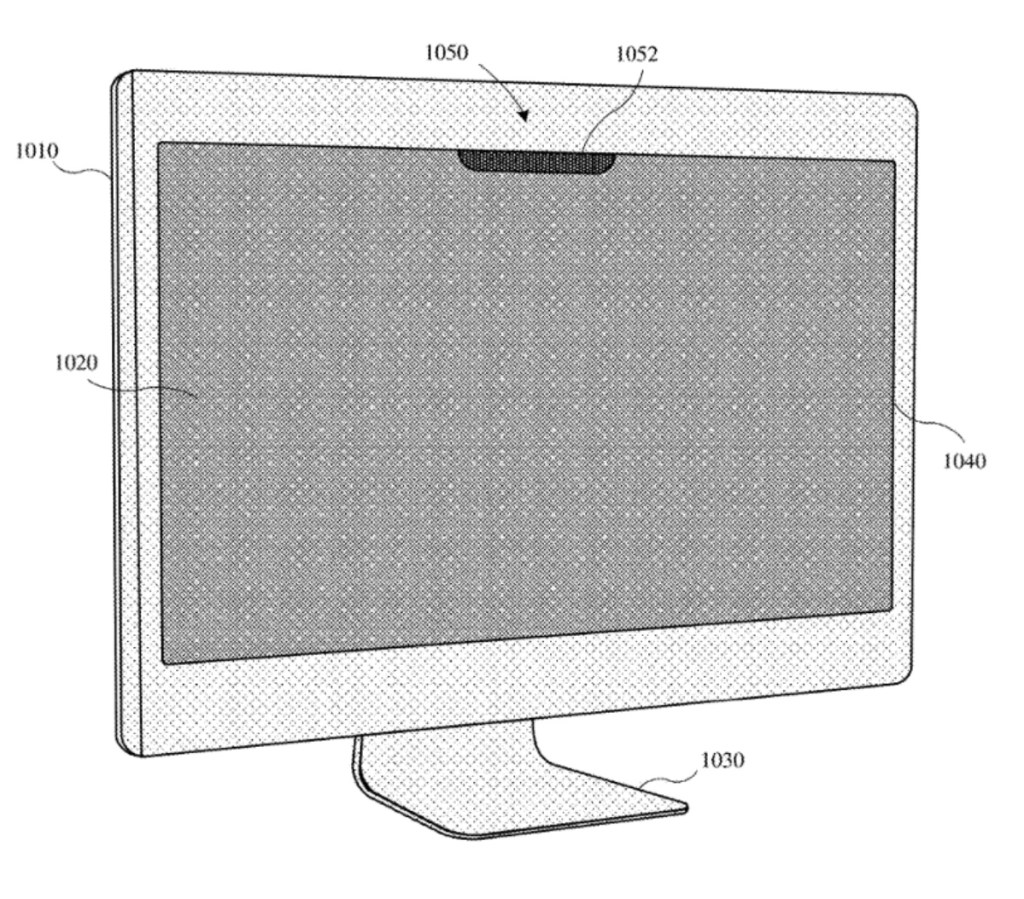Some Mac users (such as me) have long wishes that Face ID would come to the Mac. A new Apple patent filing (number US 20240037984 A1) shows that the company is at least looking into technology that could make this happen.
About the patent filing
Dubbed “Light Recognition Module for Determining a User of a Computing Device,” the patent filing relates generally to a biometric authentication module for authenticating a user of a portable computing device. But even though “portable computing device” hints at Mac laptops, images (such as the one below) accompanying the patient filing show an iMac (or a Studio Display) with Face ID.
In the patent filing Apple notes that recent advances in computing devices have enabled users to perform a variety of complex functions such as internet browsing, chatting, word processing, graphic design, video editing, and so forth. However, by performing these complex functions, sensitive data associated with these users may be gathered and/or stored by these computing devices.
To prevent unauthorized users from accessing this sensitive data, these computing devices may incorporate systems and mechanisms for authenticating users. One of those ways is Face ID, which is features on iPhones and iPads, but not Macs. At least not yet.
Summary of the patent filing
Here’s Apple’s abstract of the patent filing: “This application relates to a laptop computer. The laptop computer includes a base portion pivotally coupled to a lid portion is described. The laptop computer includes a display assembly carried by the lid portion, where the display assembly includes a light-transmissive cover, a display layer overlaid by the light-transmissive cover, a display stack electrically coupled to and overlaid by the display layer, and a light pattern recognition module adjacent to the display stack and overlaid by the display layer. The light pattern recognition module includes (i) a light pattern projector that projects a light pattern directly through the display layer.”
Article provided with permission from AppleWorld.Today

